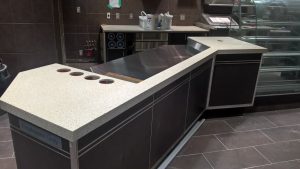 We’ve just finished a major renovation project, and we’re excited to share the results with you!
We’ve just finished a major renovation project, and we’re excited to share the results with you!
Would a morning be complete without a trip to Tim Hortons? Coffee and doughnuts are the perfect way to start the day, and we know we’re not alone in that – everyone needs their double doubles in the morning, right?
Recently, some older Tim Horton stores have begun to be upgraded. As part of the renovations, they’re being renovated to look more like a coffee house; a more upscale, modern look. That’s great, and a boost for business – but it’s difficult to serve customers when your building is being renovated!
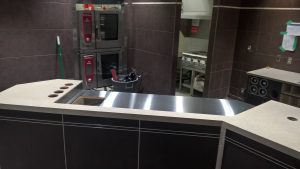 This was a problem for the Tim Hortons on Front Street in downtown Toronto. A closed store means a huge loss of daily revenue, especially for a store in a prime location just outside the Rogers Centre. They wanted to have their renovations done well, but quickly, so they could open as soon as possible. That’s where we come in.
This was a problem for the Tim Hortons on Front Street in downtown Toronto. A closed store means a huge loss of daily revenue, especially for a store in a prime location just outside the Rogers Centre. They wanted to have their renovations done well, but quickly, so they could open as soon as possible. That’s where we come in.
They wanted the entire renovation done in two weeks, and we were more than happy to undertake that project.
We removed some displays and old storefront pieces, and replaced them with new cabinets and countertops, made with fine Maple Meadow LG Hi-Macs solid surface. To speed up the process, we kept the exsiccating countertop in place. We took an exact template from the exsiccating counter, and created a new countertop as a cap, using LG Hi-Macs solid surface for the main surface and stainless steel for the hot grilling areas.
All of the sinks, pipes and holes all ended up in the same locations, making conversions a snap. And, just as promised, the store was open for business after just 14 days, in time to make sure the Entertainment District got its helping of Timbits, donuts and muffins. We’re proud of the work we’ve done, and we think it looks fantastic!
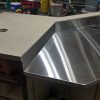
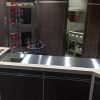
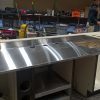
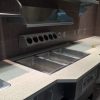

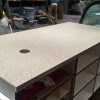
 Redesigning your kitchen isn’t just a matter of form – function must be taken into account as well. And one of the primary functions of your kitchen is for cooking! The choice of primary cooking element in your kitchen is a very important one. Many homes choose an oven with a built in stovetop, but this is far from the only choice out there – stand-along rangetops and cooktops are solid options as well, and will impact how you choose to have your
Redesigning your kitchen isn’t just a matter of form – function must be taken into account as well. And one of the primary functions of your kitchen is for cooking! The choice of primary cooking element in your kitchen is a very important one. Many homes choose an oven with a built in stovetop, but this is far from the only choice out there – stand-along rangetops and cooktops are solid options as well, and will impact how you choose to have your 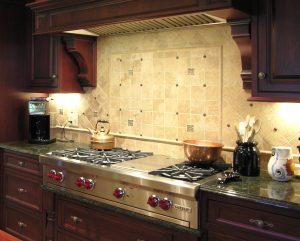 For understandable reasons, the majority of time planning a kitchen renovation or remodel is spent on the major aspects of the remodel – the cabinetry, the
For understandable reasons, the majority of time planning a kitchen renovation or remodel is spent on the major aspects of the remodel – the cabinetry, the 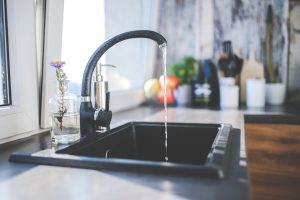 Now that you have your new
Now that you have your new 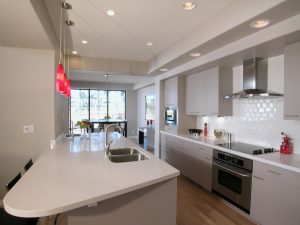 A galley kitchen is a kitchen shaped as a narrow corridor, with appliances and countertops flanking each side. As opposed to open-floor plans which are the modern style, galley kitchens are designed for small-space efficiency, perfect for one-cook situations but not much else. One might think that the cramped style would limit the flexibility you’d have in a remodel or redesign, but that’s really not true. The experts at
A galley kitchen is a kitchen shaped as a narrow corridor, with appliances and countertops flanking each side. As opposed to open-floor plans which are the modern style, galley kitchens are designed for small-space efficiency, perfect for one-cook situations but not much else. One might think that the cramped style would limit the flexibility you’d have in a remodel or redesign, but that’s really not true. The experts at 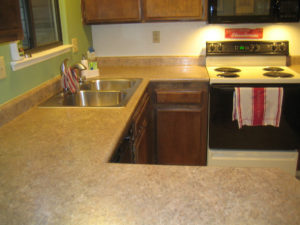 Warning! Your kitchen may not be as healthy as you think!
Warning! Your kitchen may not be as healthy as you think!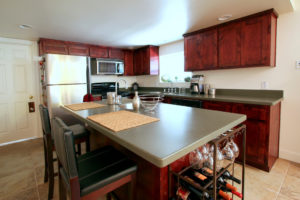 Are solid surfaces a thing of the past? It seems, at times, that
Are solid surfaces a thing of the past? It seems, at times, that 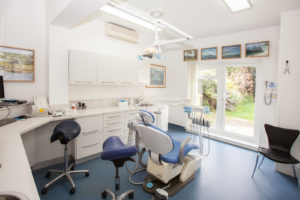 Going to the dentist can be a nerve-wracking experience for some clients, so you want to be sure that your office is as welcoming and relaxing as possible. Part of this comes in having the latest and greatest equipment and facilities, but remodeling your entire practice may be a way to help put patients at ease, especially if your office currently looks like something straight out of the ‘70s.
Going to the dentist can be a nerve-wracking experience for some clients, so you want to be sure that your office is as welcoming and relaxing as possible. Part of this comes in having the latest and greatest equipment and facilities, but remodeling your entire practice may be a way to help put patients at ease, especially if your office currently looks like something straight out of the ‘70s. There is no such thing as the perfect
There is no such thing as the perfect  Do you have a
Do you have a 



 Copyright © 2025 · Solid Surface · Web design by
Copyright © 2025 · Solid Surface · Web design by